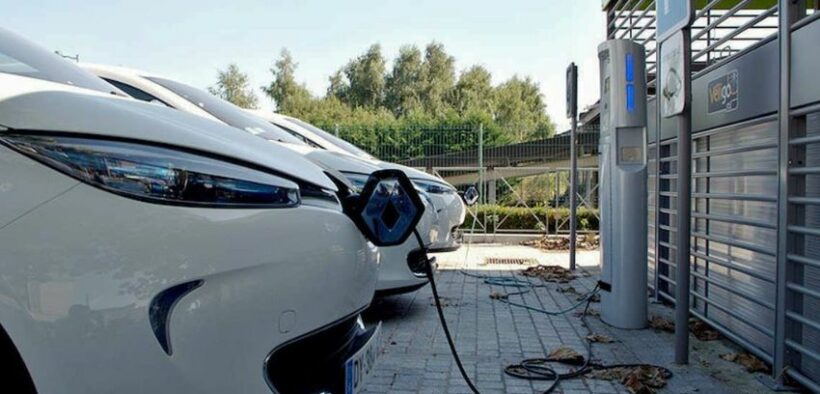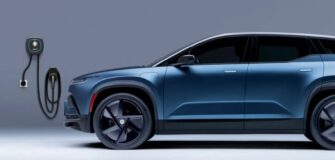Hydrogen Cars: Steering India Towards a Greener Tomorrow

The automotive landscape in India is undergoing a significant transformation. With the escalating number of vehicles on the road, there is a pressing need for more sustainable and energy-efficient transportation solutions. In the face of mounting challenges such as climate change, soaring fuel prices, and environmental degradation, the demand for cleaner and greener modes of travel has never been more pronounced.
While electric vehicles (EVs) have paved the way for a more sustainable automotive future, there’s another contender on the horizon that’s generating a buzz – Hydrogen Cars.
Unveiling Hydrogen Fuel Cell Vehicles
Hydrogen fuel cell vehicles, often referred to as hydrogen cars, represent a revolutionary shift in the world of transportation. These cutting-edge automobiles rely on hydrogen gas as their primary source of fuel. Through a process involving a fuel cell, these green machines generate electricity that powers an electric motor, driving the vehicle. The remarkable aspect is that the only byproducts of this process are water vapor and warm air. Compared to conventional internal combustion engine vehicles, hydrogen fuel cell cars are renowned for their enhanced efficiency and power.
One of the standout features of hydrogen fuel cell vehicles is their rapid refueling capabilities. Filling up a hydrogen car is as quick and convenient as refilling a gasoline-powered vehicle. Furthermore, these green machines offer impressive driving ranges, often surpassing those of many electric vehicles currently on the market. Perhaps the most compelling aspect is the potential to utilize renewable hydrogen sources, paving the way for zero-emission driving.
Decoding the Inner Workings of a Hydrogen Car
To truly understand the green marvel that is a hydrogen car, let’s delve into how it operates:
- Hydrogen Fuel Storage
In a hydrogen car, hydrogen gas (H2) is stored within high-pressure tanks specially designed to ensure safe storage. - Fuel Cell Stack
The hydrogen is then delivered to a fuel cell stack consisting of numerous individual fuel cells. Each cell comprises an anode, a cathode, and an electrolyte membrane. - Hydrogen Oxidation
At the anode, the incoming hydrogen gas undergoes a process in which it splits into protons (H+) and electrons (e-). While the protons traverse the electrolyte membrane, the electrons are directed along an external circuit, generating an electric current. - Oxygen Reduction
Simultaneously, oxygen from the air enters the equation at the cathode. It combines with the protons and electrons that have traversed the external circuit, resulting in the formation of water (H2O). - Electricity Generation
The movement of electrons along the external circuit generates electricity, which serves as the power source for the electric motor. This motor propels the vehicle, driving its wheels and providing motion. - Water Vapor Emission
Remarkably, the sole byproduct of this intricate process is water vapor (H2O), which emerges from the vehicle’s tailpipe, akin to a traditional exhaust. This underscores that hydrogen fuel cell vehicles are emissions-free at the tailpipe, with water vapor being their sole emission.
The Green and Clean Advantages of Hydrogen Cars
One of the most remarkable aspects of hydrogen cars is their significantly reduced environmental footprint. With zero emissions at the tailpipe, these green marvels contribute to improving air quality and curbing carbon emissions in India, especially in densely populated urban areas. Hydrogen cars offer impressive driving ranges on a single tank, a feature of great importance in India, a vast country where long-distance travel is routine, and charging infrastructure is still in its infancy.
As India progresses towards a greener, more sustainable automotive future, hydrogen cars are poised to play a pivotal role. These innovative vehicles, powered by the world’s most abundant element, hold the promise of a cleaner, brighter tomorrow for India’s automotive landscape.
Hydrogen cars are not just a technological marvel; they are a testament to India’s commitment to reducing its carbon footprint and promoting sustainable mobility. As the Indian automotive industry evolves, these green machines are set to become an integral part of the nation’s quest for a cleaner and more eco-friendly future on the roads.









